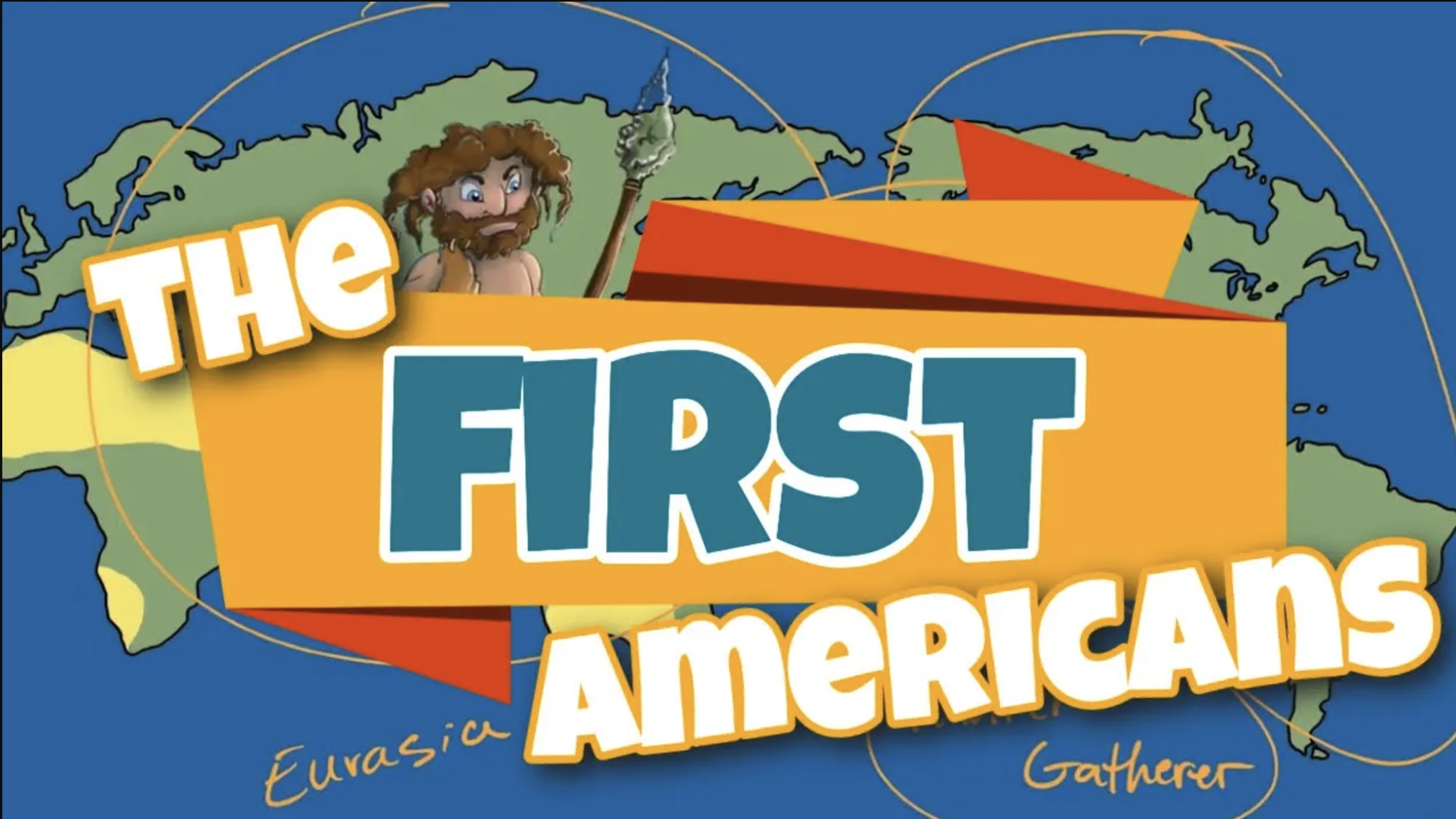How to use Coordinates
Lesson Plan: Navigating with Map Coordinates
Objective:
To introduce students to the concept of map coordinates and how they can use them to locate places on a map.
To help students understand latitude and longitude as the two main types of map coordinates.
To engage students in hands-on activities to reinforce their understanding of map coordinates.
Materials:
Large world map or globe
Pictures or diagrams illustrating map coordinates
Whiteboard and markers
Blank sheets of paper
Colored pencils, crayons, or markers
Rulers (optional for activity)
Printed coordinate grids (optional)
Introduction (10 minutes):
Begin by asking the students if they've ever used a map or GPS to find a location.
Explain that today, they will learn about a helpful tool called "map coordinates" that make it easier to locate places on a map.
Discussion (10 minutes):
Show a world map or globe to the students.
Introduce the concept of map coordinates, explaining that it's like giving an address to a place on Earth.
Discuss the two main types of map coordinates:
Latitude, which measures how far north or south a location is from the Equator.
Longitude, which measures how far east or west a location is from the Prime Meridian.
Use pictures or diagrams to illustrate the concept of latitude and longitude on a map or globe.
Activity (20-25 minutes):
Provide each student with a blank sheet of paper and art supplies (colored pencils, crayons, markers).
Ask them to draw a simple map of a made-up place, including a coordinate grid with latitude (N/S) and longitude (E/W) lines.
Encourage them to label the lines with degrees and place a few landmarks on the map.
Have students exchange maps and try to locate the landmarks using the map coordinates.
Optionally, provide printed coordinate grids to simplify the activity.
Conclusion (5 minutes):
Summarize the key points about map coordinates:
Map coordinates help us find places on a map.
Latitude measures north and south from the Equator, while longitude measures east and west from the Prime Meridian.
Ask students if they have any questions or if they'd like to share what they've learned.
Wrap-up (5 minutes):
Have a brief class discussion to recap what the students have learned about map coordinates and their importance in navigation.
Encourage students to practice using map coordinates with real maps or online mapping tools.
Homework (Optional):
If desired, assign a short homework task such as asking students to find the latitude and longitude coordinates for a famous city or landmark using an atlas or online map.
Assessment:
Assess students' understanding through class discussion, their participation in the activity, and their ability to locate landmarks using map coordinates during the activity.





